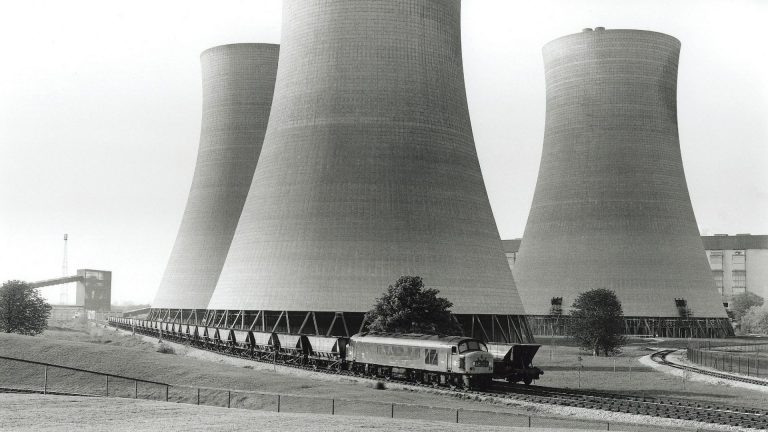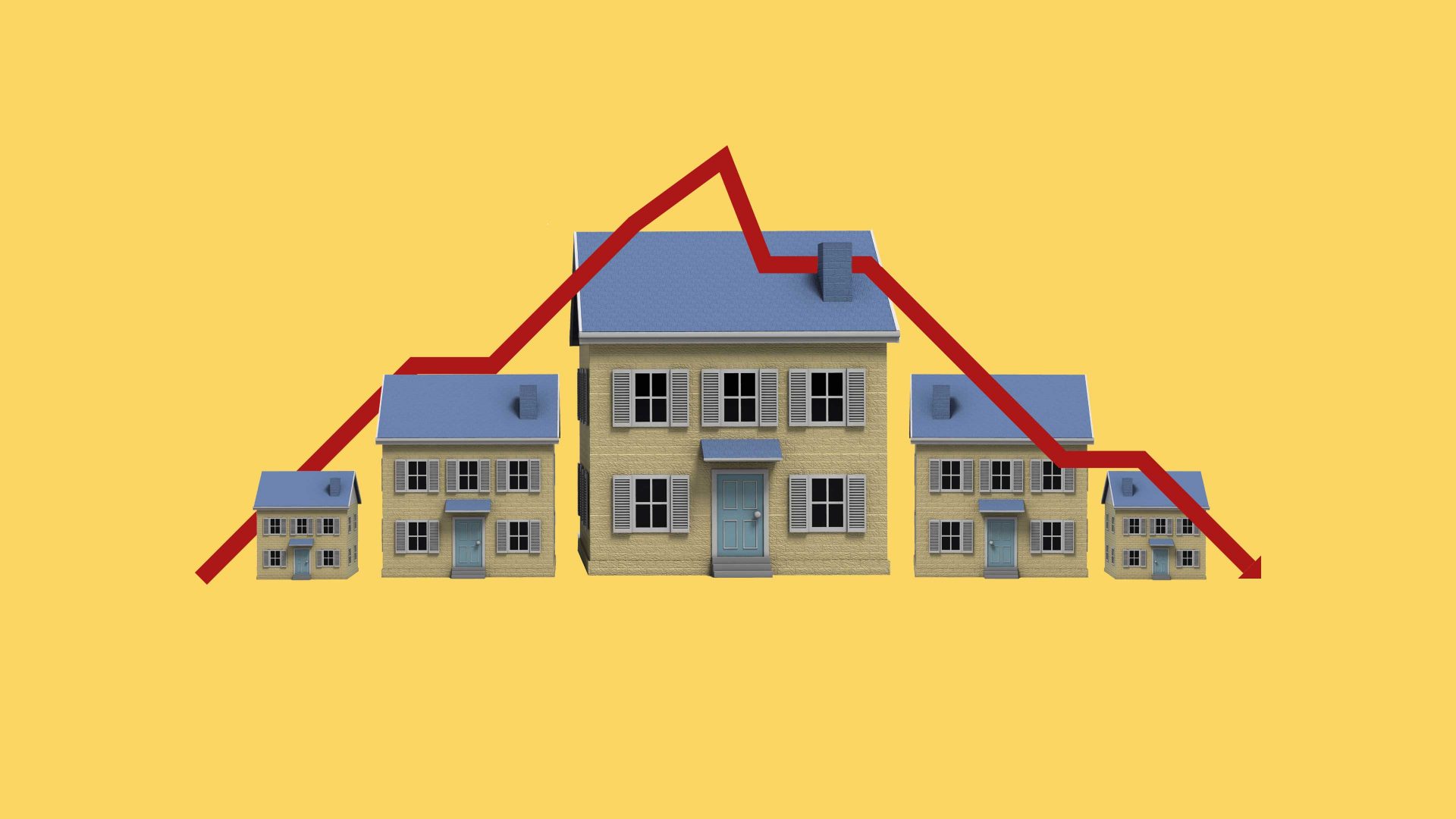Over a decade ago, around the time that the UK’s housing crisis went from being a fast-moving social issue to a dangerous juggernaut, Lord Richard Best came up with a plan that he said would “solve all the country’s problems”.
If the then-coalition government built 100,000 retirement homes every year, the trickle-down would pull Britain out of an impending double-dip recession, he believed. Brexit and the pandemic were still years away, and a major obstacle to growth was the country’s larger housing stock being hoarded by Baby Boomers who refused to downsize.
Constructing these new homes would help to ease that problem. It would also create up to 500,000 new jobs, he said, which would act as an “engine of growth”. Lord Best had spotted an opportunity: if pensioners freed up their homes by downsizing into these new retirement properties, they could help first-time buyers who were priced out of the market by selling homes that hadn’t been modernised in 35 years at a lower-than-average value. This would help the older residents to get out and release the value stored in their homes.
A decade on, Best’s vision has not been realised. Boomers are still resolutely hoarding property and the wealth that comes with it. But something new and curious is happening. Downsizing is becoming more popular – it’s just that the downsizers are getting younger.
I asked Hamptons to run some of the numbers and they found that in 2024, 40% of all movers were downsizers and 60% of that market involved losing just one bedroom. But just eight years ago, more than 20% of downward movers were shedding three or more beds; that percentage is dropping consistently, and is projected to drop to less than 10% this year. Downsizers are also more likely to stay in their own local authority area.
Analysts at the property agency report that downsizers are no longer retirees: they’re now just as likely to be in their middle age, often mid-50s or younger, well within their working lives and often with children still living at home. They are downsizing to deal with the economic pinch, to pay off the mortgage or to release a little bit of extra headroom in the family budget. They are moving down the property ladder just at the point where they should be reaching for its peak.
Earlier this year, data from Suffolk Building Society revealed that 15% of UK homeowners are considering or planning to downsize during the current five-year parliamentary session. That rises to 25% in London. Suffolk also reported similar motivations for early downsizing: reducing mortgage costs or achieving mortgage freedom, and beating the cost of upkeep for larger properties, including large utility and council tax bills in the middle of the cost-of-living crisis.
For decades, the housing market has been propped up by the presence of a property ladder in which families start on the first rung, climb up gradually to a large family home, and then later downsize in retirement, releasing wealth to support themselves and their family after they have stopped working. This system appears to have been disrupted: we are now seeing a new pattern in which mini-downsizers in mid-life may require further downsizing in later life.
This isn’t happening onlyfor those on middle incomes, it’s also seen in the behaviour of the wealthiest. Surrey buying agent Richard Winter says more than a third of his clients are now what might be termed “early downsizers”, in their 40s to early 60s, who find they are under financial pressure after spending the last decade or two paying high private school fees.
Estate agency work – from the high street branch to the bespoke services provided to the elite – is being dominated by these home reducers, and it’s changing the entire housing market. Pressure is located in the mid-market, where there are many potential buyers and few sellers and property prices are still rising. Meanwhile, at the top and bottom ends of the market, prices are falling.
“The three-bed semi market is where prices have grown the most over the last five or 10 years,” says David Fell, senior analyst at Hamptons. “What happens next? A lot hinges on what happens to mortgage rates. If you look at the market expectations, we won’t go back to 1% or 2% mortgages, and it’s the market expectation which the mortgages are priced on.”
Along with that comes the knowledge that the house price growth of previous decades is over. When stretching for a mortgage is neither possible nor financially desirable, it prompts a major reflection on your personal priorities.
Fell says: “In the last seven or eight years [property] hasn’t been the one-way bet financially that it certainly was in the past. It definitely feels like we’re not going to see the house price growth that we’ve seen historically.” Borrowers are generally becoming more cautious, and that is why all the heat is around the middle of the housing market.
Suggested Reading


Welcome to Britain’s ‘Magic Town’
Boomers are still hesitant to free up those larger homes, too. Decades of research shows that if someone doesn’t move home before they are in their 70s, they don’t do it at all until they are forced to by circumstances (ill health requiring care, or the death of a partner). And now, for those in their 60s considering it, they are faced with a declining housing market and lost value.
Buying agent Henry Pryor, who works with high net worth clients, says political attention is focused on first-time buyers but he believes there’s far too little understanding of how important it is that the top keeps moving too. “If those in the biggest homes, those at the top of the ladder, don’t relinquish their properties and downsize, then those coming up behind them have nothing to move into,” he explains. “If people only leave their family homes with a lift from an undertaker, the housing market shudders to a halt.”
Anyone who had a large home valued four years ago and then repeated the exercise today would now find themselves disappointed by what they heard. Yet another disincentive; they’re not shifting, and neither is that value.
At the bottom of the market, younger people who did get on the ladder in the last decade are often now selling small flats at a loss to move forward with their lives (ask me another time about how I lost £70,000 on a leasehold maisonette!). Everything is clogged up, and that’s even before raising the possibility of a capital gains tax on property sales, as the chancellor, Rachel Reeves, has reportedly proposed.
More interesting to me is that this seems to be part of a new shift in aspiration: a downsizing of our obsession with the housing ladder as the route to personal comfort. For Generation X – a cohort who have suffered the biggest decline in economic expectations over their lifetime, due to the 2008 global crash coinciding with their peak potential earning years – that final rung of the ladder no longer seems worth it. Better to stay put, or even step back a rung; after all, job security for those over 50 is in peril. It’s sensible to anticipate a drop in wealth well before retirement.
For millennials, the effect is even more chilling. Lose money on your extremely hard-to-buy first home, as so many have, and your confidence in the ladder is lost. Young people who took out Help to Buy mortgages with a government guarantee are finding they’re unable to repay that loan when they sell because the property hasn’t appreciated as expected; they haven’t got the cash to pay it back.
Buyers of shared-ownership properties are facing a triple whammy, with higher mortgage, service charge and rent costs; the model hasn’t worked for them either. Many in these situations are now renting out their own properties in order to rent again, just to live in a “right-sized” home for their lives, which now include partners and children.
On social media, the end of aspiration is becoming in itself aspirational. In the US, Instagram and TikTok influencers such as “millennial mindset mentor” Peter Guse talk with candour about the desire to overcome the “programming” that leaves millennials feeling like a failure for not having a property and a solid retirement fund in progress by the time they reach their 40s. These new gurus focus instead on a different way of living: with lowered expectations and a focus on experience rather than acquisition; with one eye on the future, but feet firmly in today. Perhaps the housing ladder is being slashed for good?
Back in Surrey, Winter believes there is hidden hope in the property market. Downsizing sellers, he reports, are hesitant to launch their homes for sale on the open market. They prefer to have a “soft initial campaign”, during which properties are not visible on the major home sales websites or aggressively marketed to all house-hunters, so for prospective buyers “there doesn’t appear to be much available”.
Yet the urgency of downsizers keen to release cash in an inflating economy can’t be enough to prop up the same system that younger families are starting to cast doubt upon. We may be entering a new economic era – and a brand new relationship with our homes.




